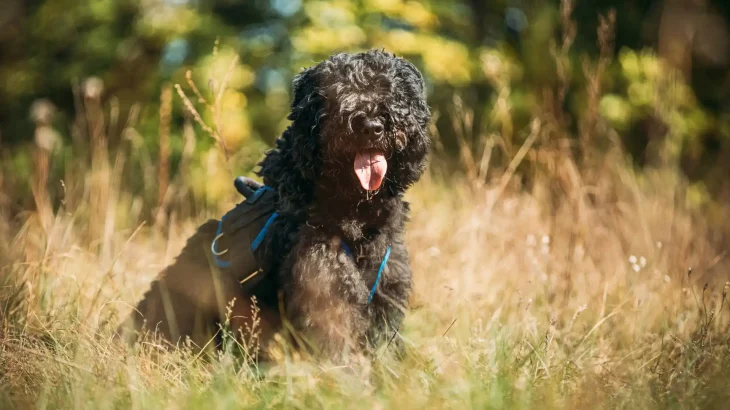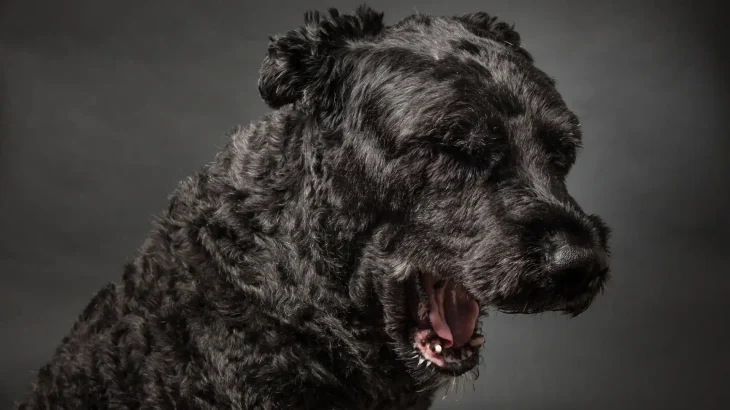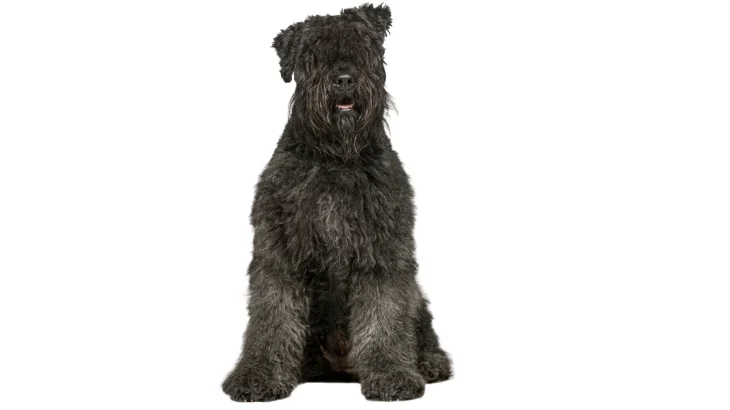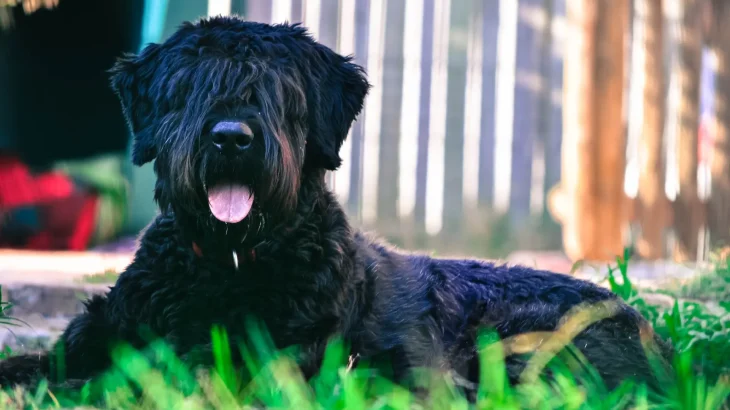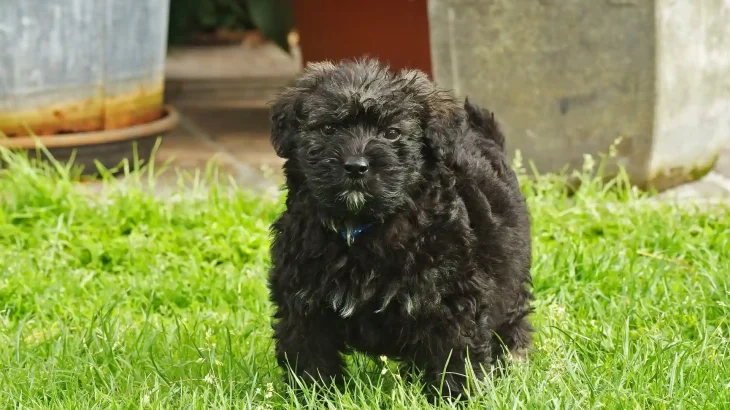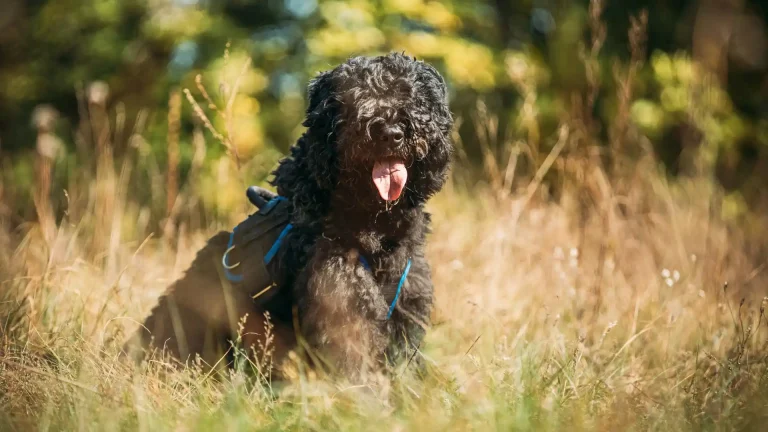Choosing between adopting or buying a Bouvier des Flandres puppy comes down to balancing factors like cost, health transparency, and ethical considerations. Purchasing from a breeder often offers clearer insight into the puppy's lineage and health, while adoption presents a chance to give a deserving dog a loving home.
Adoption vs. Breeder: Pros & Cons
| Criteria | Buying from Breeder | Adopting from Shelter/Rescue |
|---|---|---|
| Cost | Typically higher initial expense due to purebred status and breeder care. | Lower fees, usually covering basic healthcare; more budget-friendly. |
| Health History | Detailed health records and genetic screening often available. | Health background may be less clear; basic health checks generally done. |
| Age Availability | Generally offers puppies, ideal for raising from a young age. | Includes various ages, including adults needing new homes. |
| Temperament Insight | Breeders can provide info on lineage temperament and behavior. | Temperament assessed by shelter staff but full history may be unknown. |
| Ethical Considerations | Supports responsible breeding when choosing ethical breeders. | Helps animal welfare by rescuing dogs needing families. |
| Breed Purity & Pedigree | Usually assures breed purity and pedigree documentation. | Breed purity may be uncertain or mixed, depending on the dog. |

